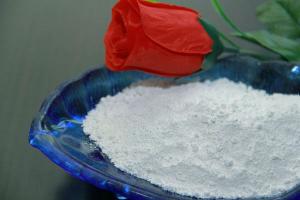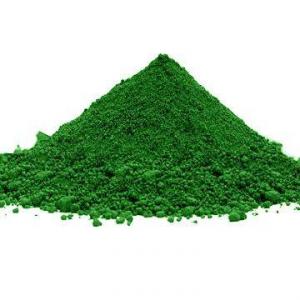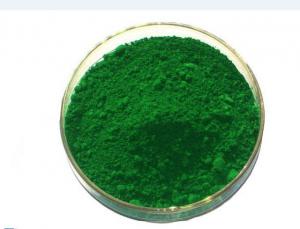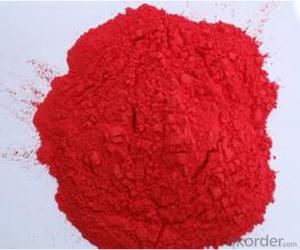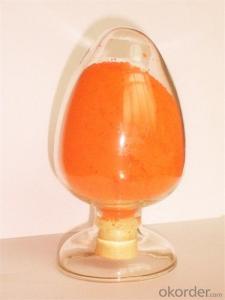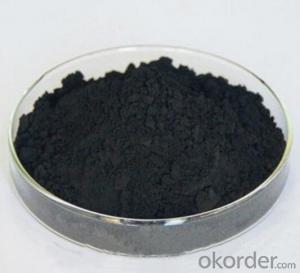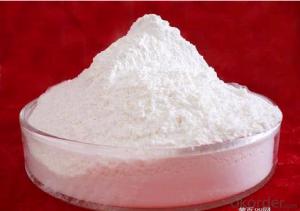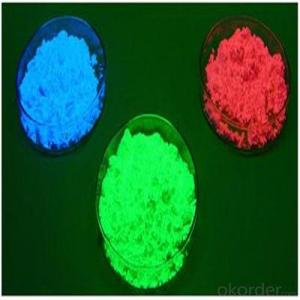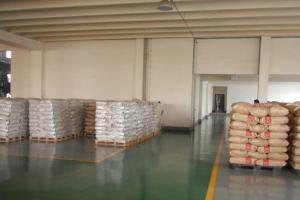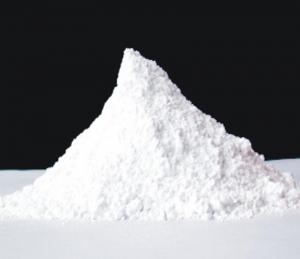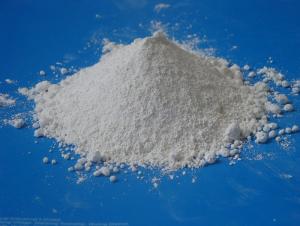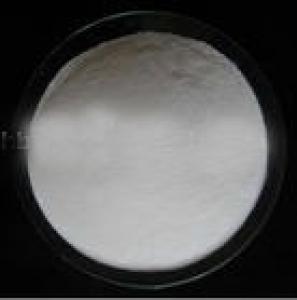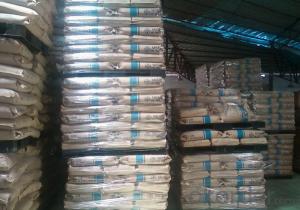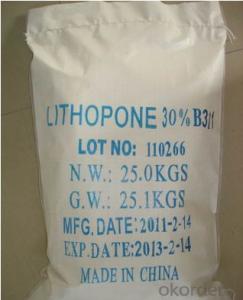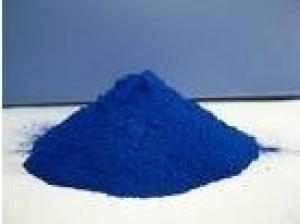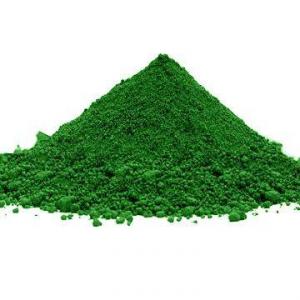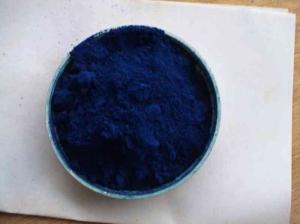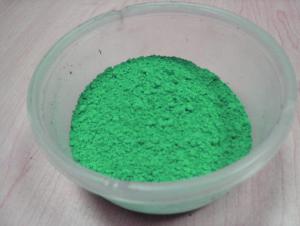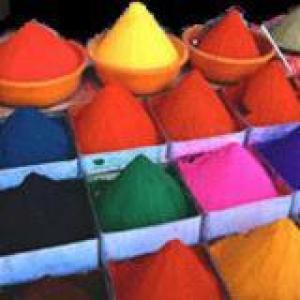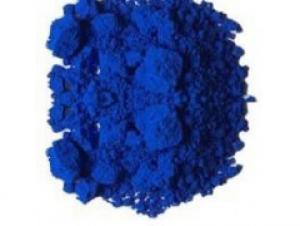Lithopone B301
- Loading Port:
- Shanghai
- Payment Terms:
- TT OR LC
- Min Order Qty:
- -
- Supply Capability:
- 3000 m.t./month
OKorder Service Pledge
OKorder Financial Service
You Might Also Like
Lithopone B301/B311
Product Description:
Yuejiang Brand -Lithopone B301/B311 is white powder, non-toxic, odorless, insoluble in water, no reaction with H2S and lye, release H2S gas when reacting with strong acids.
Applications:
Yuejiang Brand-Lithopone B301/B311is widely used in coatings, printing ink, rubber, plastic etc
Basic Information:
Name: | Lithopone |
CAS NO.: | 1345-05-7
|
|
|
Appearance: | White powder |
Technical Specifications:(Standard:Q/SNBJ1-2012)
Item | B301 | B311 |
Total zinc and barium sulphate | ≥99.0 | ≥99.0 |
zinc sulfide content, % | ≥28.0 | ≥30.0 |
zinc oxide content, % | ≤0.6 | ≤0.3 |
Color, compared with standard samples | better | better |
Tint reducing power, compared with standard samples | ≥100 | ≥105 |
105°C volatile matter, % | ≤0.3 | ≤0.3 |
Water solubles, % | ≤0.4 | ≤0.3 |
pH-value | 6.0-8.0 | 6.0-8.0 |
Oil absorption, g/ 100g | ≤14 | ≤12 |
Hiding power | ≥ 5 % of standard sample | ≥ 5 % of standard sample |
- Q: do all leaves extract contain the same pigments??why?
- Plants okorder /... Plants have classes of pigments that act as adjuncts to the chloroplast's chlorophyll, in several ways. Some are accessory pigments that broaden the range of absorbed light. These pigments are found in the light gathering arrays in chloroplasts. They also alter the color of the leaf depending on what specific pigments it has to gather light energy and that determines what is reflected (green is the basic reflected spectra but is might be yellowish or bluish green). The major accessory class of pigments, the carotenoids, collect light in the red to yellow wavelengths chlorophyll a can’t, then the carotenoids transfer the energy to chlorophyll a to process. Among the carotenoids are the xanthophylls that provide UV protection for the light gathering centers of the chloroplast. Plants adapt to situations and some just have fewer chloroplasts so have less chlorophyll and absorb less of the light. In low light situations they need fewer so variegated plants are possible. This reduced chlorophyll level allows small amounts of other pigments like the yellow pigment xanthophyll to show up.
- Q: i would like to now so i could put it in a marker thanks..
- Isn't all ink pigmented? A quick search for make your own ink turned up many recipes. Here is one: Basic Permanent Black Ink: 1 egg yolk 1 tsp gum arabic 1/2 cup honey 1/2 tsp lamp black (buy in a tube or make by holding a plate over a lit candle) Mix egg yolk, gum arabic and honey in a small bowl.
- Q: What is the difference between a pigmented eyeshadow and a non - pigmented one?
- pigmented eye shadow
- Q: What does the word pigment mean?
- meant to be a pig. :)
- Q: How do you use pigments?
- You can use Pigments for multiple things, eyes, cheeks and lips. -Eyes: With your clean fingers or with a small eyeshadow brush apply the pigment gently to your lids. If its a light color like white, apply it on the inner corner and under the brows. If its darker, like dark brown, apply it on the crease. You can also use it to line your eyes, I like to mix pigments with some moisturizer and with a really thin brush line my eyes. If its a matte pigment (with no shimmer or glitter) you can use it to fill in your brows. Lastly, you can use it on your lashes! I use some hair gel or clear mascara and I mix it with some pigments, I apply it with my finger or with an old mascara wand :) -Cheeks: Use it as a blush if its a pink, red, orange or coral color. Apply a small amount with a blush brush onto the apples of your cheeks. If its a white, very light brown or pink, use it as a highlighter. Apply with a small brush under you undereye area. If its a darker brown, use it as a bronzer or conturing powder. -Lips: Mix pigments with vaseline, olive oil or clear lipbalm to get a tinted gloss. If you want more precision, use a small brush to apply it. As you can see, Its all about the brush you use!! Hope it helped :)
- Q: how to prepare coloured pigments?
- Pigment does not might desire to do with pores and skin inevitably, a paint could be tinted with a pigment. curiously it is likewise a dry colorant, many times an insoluble powder. pores and skin colour is set by using the quantity of melanin in one's pores and skin, relative to ranges of exposure to the sunlight.
- Q: We see pigments everywhere in products. They make a variety of things we see today. Where does it come from? Do they actually take a red rose pedal, grind the color and designate it as the color red?
- Pigments selectively reflect and absorb specific wavelengths in the visible region of the electromagnetic spectrum, which is roughly between 400 and 800 nm wavelength. When visible light is incident on a pigment parts of the spectrum are absorbed by certain chemical bonds that are found in conjugated systems or other components of the pigment, known as chromophores or colour centres. Other wavelengths or parts of the spectrum are reflected or scattered. Many pigments are charge-transfer complexes, such as transition metal compounds, but there are others that are organometallic compounds. These have wide light absorption bands that subtract most of the colours of the incident white light. The resulting reflected light spectrum creates the appearance of a colour. The difference between a pigment and a dye is that a pigment is insoluble in the substance that it is used to colour, therfore what you actually end up with is a suspension (e.g. blue pigment in polyethylene), whereas a dye soluble in a carrier so you end up with a solution of the dye, and the solvated dye molecules have an affinity to the surface of the substance that they are being used to colour (fabric dye molecules adsorb to the surfaces of the fibres that make up the fabric).
- Q: HW HELP THIS IS COMLPCATED
- They're right. Chlorophyll is the Only pigment in plant cells.
- Q: what is the function of pigment molecules in photosynthesis?
- Pigment Molecules
- Q: How are plant pigments involved in photosynthesis?
- Plant pigments - as other pigments - interact with light to absorb only certain wavelengths. In plants the different sorts of pigments are useful to absorb available wavelengths of light and enable photosynthesis in shadow, in bright sunshine, in deep sea etc.: each pigment reacts with only a narrow range of the spectrum, there is usually a need to produce several kinds of pigments, each of a different color, to capture as much as possible of the sun's energy.
Send your message to us
Lithopone B301
- Loading Port:
- Shanghai
- Payment Terms:
- TT OR LC
- Min Order Qty:
- -
- Supply Capability:
- 3000 m.t./month
OKorder Service Pledge
OKorder Financial Service
Similar products
Hot products
Hot Searches
Related keywords
